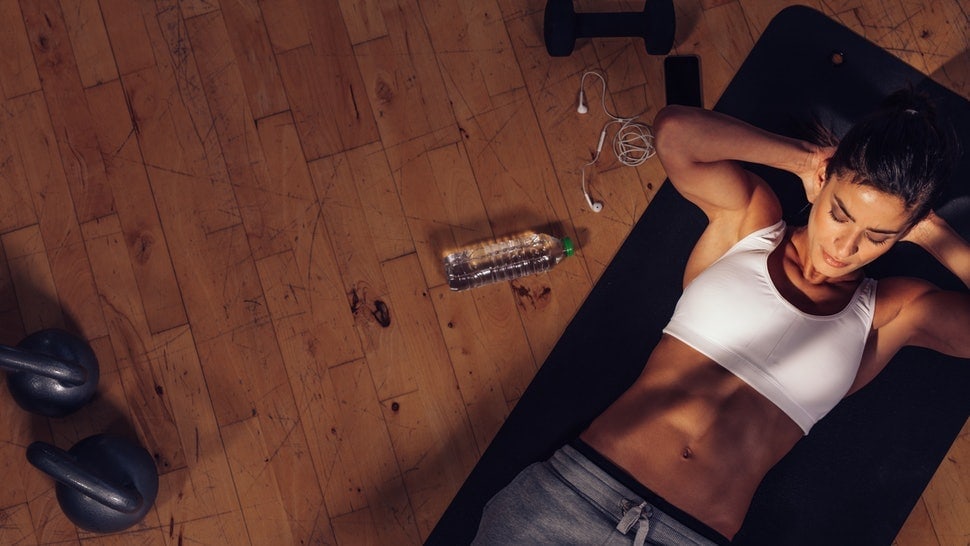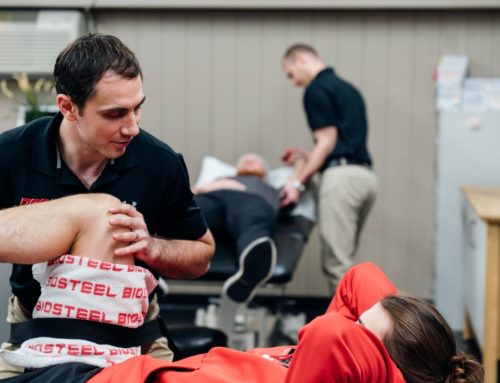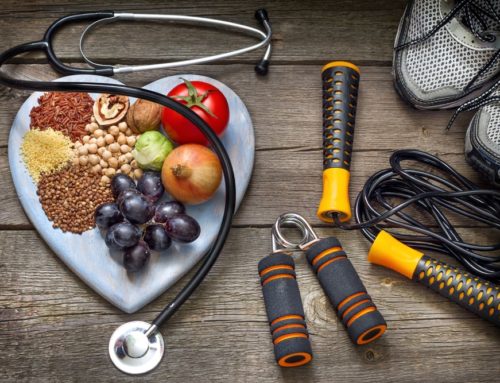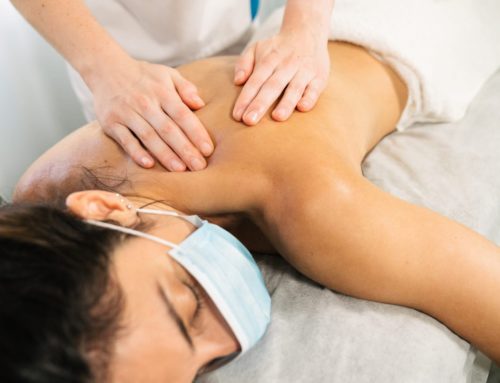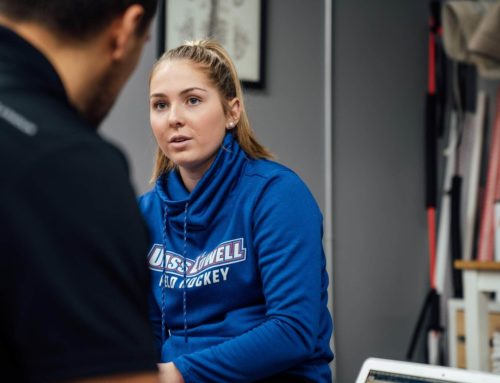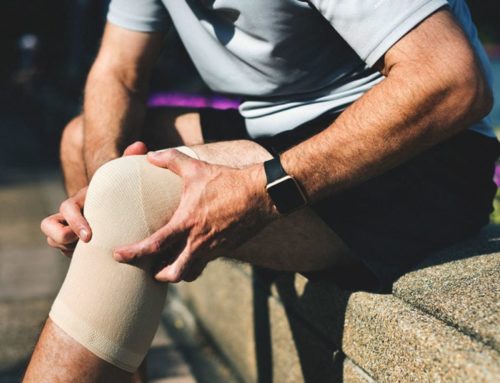A simplified approach to training your core to be rock solid and eliminating movement compensations anywhere in the body.
When the core is functioning correctly it is an incredibly strong and efficient region of the body, but when it is working incorrectly, the simplest of tasks can seem difficult or painful. If you have had an injury to your knee, shoulder, hip, low back or just have a stiff back after exercise, pay close attention to this principle to improve your movement form core out.
The “core” refers to the lumbar spine, pelvis, and surrounding musculature. The lumbar spine in isolation is vulnerable to movement and load, but is incredibly strong when properly locked into its neutral position by the surrounding musculature.
When thinking about how to train core stability, think about doing your best impression of a pop can.
The “pop can” is a fantastic analogy and simplifies a complicated and poorly understood region. It will help your positional awareness and help you understand how some people can have such a strong core and why others have constant stiffness and problems, despite spending a lot of time and effort trying to improve their core stability.
A pop can is a pressurized cylinder that when unopened can support an immense load. Even if it is opened and emptied, it is still incredibly stable for what it is (a full 360 degrees of 0.1 mm of aluminum). The key to it’s strength is the shape. The top and bottom of the can need to be parallel and the whole circumference of the wall needs to be intact. If there is a hole or dimple in the side, it will lose stability.
Our core requires the same things to be in place to function correctly and efficiently. The top and bottom of the core are the diaphragm and the pelvic floor. These need to be active and parallel with each other.
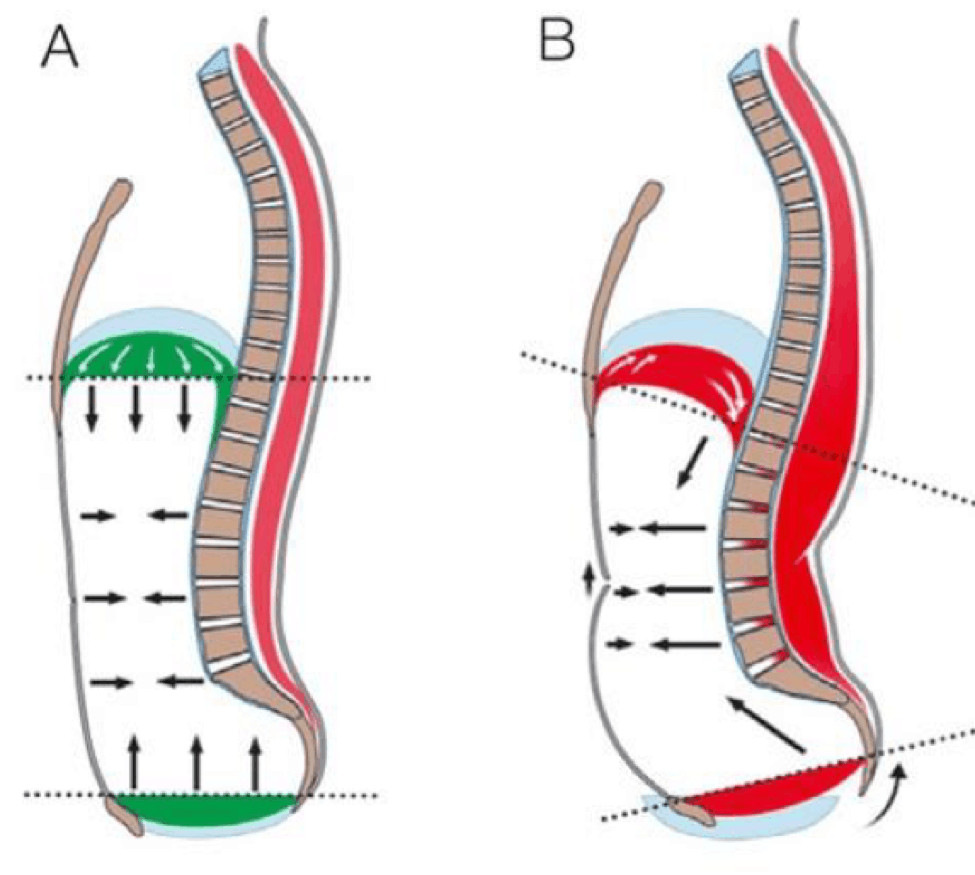
When the pelvic floor and diaphragm are parallel, the lumbar spine and pelvis are in a “neutral” position. The “deep spinal stabilizers” muscles are great at keeping our spine and pelvis in the correct position, but not as good at keeping it there under load. The muscles that give us stability under load are abdominal wall muscles just like the aluminum can. When we need an increased amount of core stability we can accomplish this by creating pressure in the abdomen by using our diaphragm. Think of what an athlete does right before a collision. They brace for impact by pressurizing their core sometimes resulting in a grunt if they let some pressure out in the process.
Like a pop can…
- If the top and bottom of our core are not parallel, it will lead to poor stability.
- If we have an area of muscles in our abdominal wall or low back that we are not activating, it will lead to poor stability. An hour glass would snap at its narrowest point where a cylinder is rock solid.
Unlike a pop can…
Our core is controlled by our nervous system which places a high priority on survival and preventing injury, so it will do just about anything to prevent your spine from buckling. So, if you are not stabilizing correctly, you will sub-consciously recruit whatever other muscles you can to aid in spinal stabilization. Over using low back erector muscles is a common compensation that leads to excess compression through the back of the spine. This will get you through the day, but will lead to premature degeneration and a chronically stiff and achy back. Other commonly recruited muscles are the hip flexors and upper back erectors that lead to stiff hips and upper backs. Which in turn can lead to overuse and excessive movement of the knees or shoulders to compensate for your lack of hip and upper back motion.
So…
When starting into any rehab program for a back, hip, neck, shoulder etc. Start from the core and work your way out. Get your core working like a pop can because if you have an inefficient and uncoordinated core, compensations will be sure to develop into other areas of your body.
Here are some great exercises to get yourself started:
Parallel and Active Diaphragm + Pelvic Floor
Activating 360 Degrees of your Abdominal Wall
Written by: Dr. Jeff Smeaton, Chiropractor, TPI Certified Golf Medical Professional

